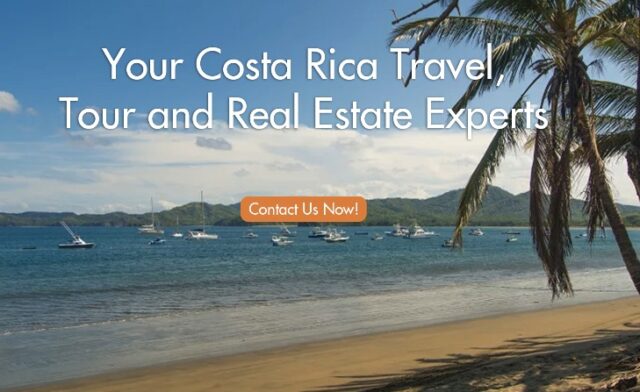In 1972 while studying in New York, “The Limits of Growth” was published by MIT by petition of UNESCO. This report presented the first global reference on the conditions of the planet, it showed that the lifestyle that society was pursuing, had a limit; besides putting in danger the planet’s and human destiny. It was this report that changed my mind in what to pursue in life. Took it very seriously, a report by such well-recognized institutions as the Massachusetts Institute of Technology and UNESCO were to be taken in earnest. It was not what I wanted to do, but it was the most logical option.
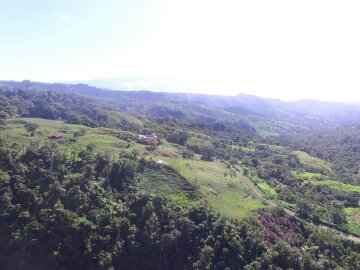
It was during those years that the world monetary reference value, went from the gold standard, to oil and a Fiat value that was stablished, governed by the state in a fiduciary matter and sent the economy into a global crisis. This situation aggravated social stability and therefore, confirming a change in my life style.
First I continued to study pertinent subjects, like history, anthropology, semiotics, in order to better understand these circumstances. By 1974 decided to travel the world and see firsthand the global conditions. A year later, landed in Costa Rica by chance. In 1975 Costa Rica was predominately a rural society managed by an agrarian economy, bananas and coffee where the main exports and a growing dairy industry was developing; also other agrarian products took care of most of the countries’ nutritional needs.
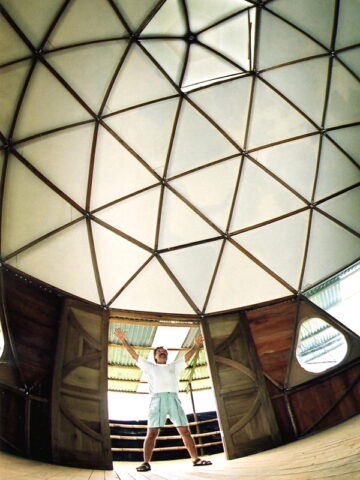
My first experience was to stay for a month in the capital city of San Jose, used this time to learn history of the country and get aquatinted with the population. Latter i moved to the Caribbean, at a time in which most of the coastal communities where very rural, depending mostly in the cocoa production and in the port city of Limon. Liven for a couple of years in the south Caribbean town of Cahuita and became familiar with the coastal communities south to the Panama border. Learned about living off the land and making due with what was available, from fishing to gathering wild plants and fruits and listening to the local lore.
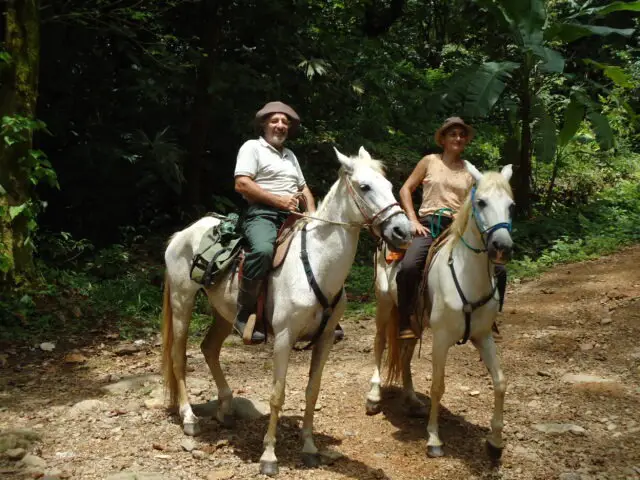
Eventually moved back to San Jose and Cartago, the old colonial capital.
Spent years traveling all over the country, watching how it was being modernized and made into a consumer society, by then, became convinced to must establish an alternative way of life was imminent. By 1987, when the Brundtland report to the United Nations was presented and an official definition of Sustainable Development became public, it was obvious that a significant change in life style was necessary and by 1992 the Declaratory of Rio, a message was sent globally about the impact of an industrialized and consumer society was having on the planet. It was in that year that Marga and i purchased our farm where to put into practice a life style that would be friendly with nature.
We started with a focus on the principles of sustainability and learned that ecology was the priority, an economic adaptation was necessary, that education was indispensable in order to stabilize a new, society; eventually we realized that regeneration was the clue.
We started with the construction of a vernacular home, what now is known as ‘ecological constructions’ and at the same time, to manage the water springs in the property, and developed an strategic reforestation program, where different species of trees were planted in corresponding areas, retention of soils, protect water shed areas and springs with more trees, establishing different types of forests, some to be used for lumber eventually and others as food forests, for us and wild life. It was this development that gave us the knowledge and reference of what ‘environmental sustainability’ was about.
To finance our way of life, we depended on an income as a naturalist tour guide and the building of a Mountain Retreat “Casa Tordesillas” for guests; it was built from vernacular materials mostly, and that proved to be a great savings in construction. We also raised horses and gave horseback riding tours and lessons, we did our own training, vet care and farrier work, and again, it proved to be a great economy. But perhaps our main ally was the frugality of our expenditures that made the biggest economic benefit. It was of great help that both my wife Marga and i are craftspeople and with our abilities, we where able to complement our ‘economic sustainability’.
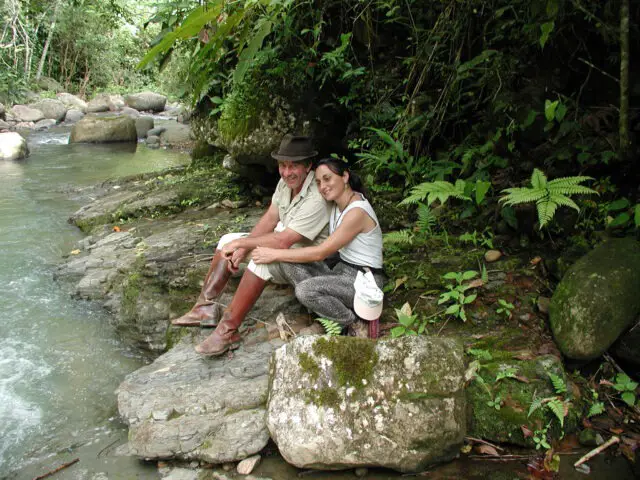
Realizing that this way of life was not only friendly with nature but also very gratifying, we decided to start an education project towards our local community, the village of Socorro de Platanares, with an initiative of a Village School on Sustainable and Regenerative Practices “El Paso de la Danta” A project that has been difficult to bring to fruition due to the costs of paying instructors, developing infrastructures, transportation and the likes. Although we received some financial assistance from local families and businesses to do a pilot program, but it was not the source that could maintain a full working school. Was given also the opportunity to present the project at the National Assembly, but found opposition from the ministry of economy and the chaotic conditions in which the government where involved at the time. We had several proposals for an monetary support, but they all wanted something in return and we were not able to guarantee those conditions. So, we ended up just giving seminars and environmental retreats. We do have an open process with the village of Socorro, but again, the problem of financing and transportation still exists. So, that is as close as we were able to get to some form of ‘sustainable education.
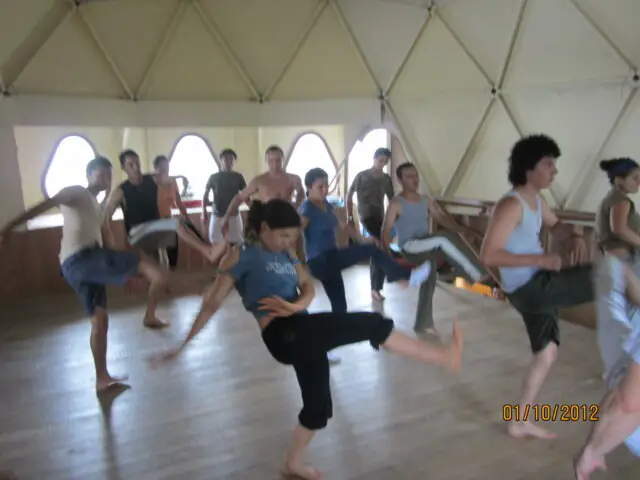
The project that would be developed with the village is twofold, one is to be part of the education of sustainable practices and the other to enhance to possibilities of ‘social sustainability’ by a Gandhian economic approach.
The next issues will be a more explicit presentation of the different processes. Details of the reforestation, the development of the construction, caring of the land, farming techniques, relationship with wildlife, activities done with our guests to include holistic practices, civic relationships with locals, the courses given at the school, the geographical position that our farm enjoys, and philosophy…
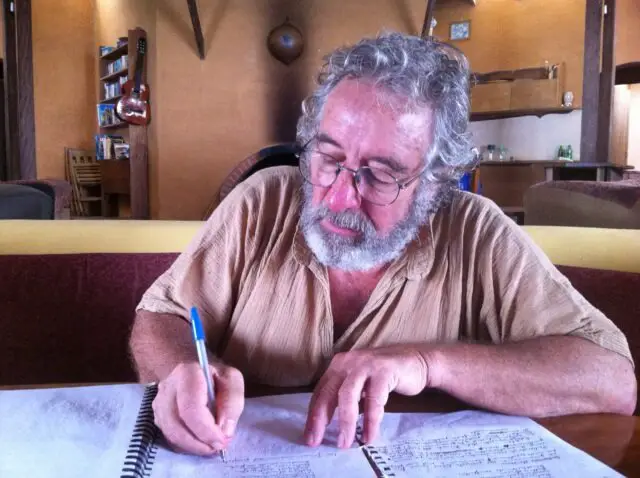
Chema Medina is 74 years old, He is a native of Madrid, Spain, raised in Africa and educated in the US.He Studied in anthropology with an emphasis on semiotics, lives in Costa Rica since 1975 and dedicated to an alternative way of life.
